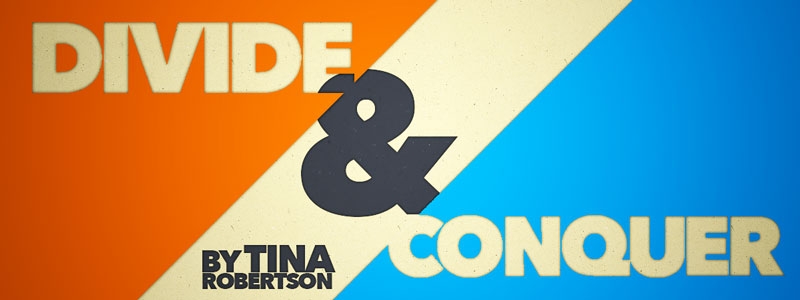What do rabbits, pine cones, snail shells and giant sunflowers have in common? Take a moment study the pictures below and share any similarities.

Let’s try another one. Look at the numbers below:
0 1 1 2 3 5 8 13 21 34 55 89 144
Do you see a pattern?
Our study this month seeks to answer these questions and introduce the fascinating history behind a unique number pattern. The Fibonacci sequence begins with 0 +1. The next number is found by adding the 2 numbers before it. Using this pattern has been helpful in architecture, computer processing, data storage, and the stock market! This number pattern is also seen throughout nature. Take a moment to learn more at Adventure Academy’s Math in the World Around Us and CBC Kids What’s the Story. (Older children may enjoy this captivating Ted Talk). Ask your children to explain the connection between the number pattern and pictures above. (Need more help understanding the connection? Check out Fibonacci Sequence and Spirals, or Science NetLinks, which offer explanations with activity sheets.)
Credited for identifying this sequence, Leonardo Bonacci, was an Italian mathematician in the Middle Ages. Little is known about his life except for his important math contributions. He was born in 1170 AD, in Pisa and educated in a North African port (today known as Béjaïa, Algeria), where his father was a consulate notary. Leonardo would go with his father often on business trips. At first, he was taught by an Arab master, but later traveled to Egypt, Syria, Greece, Sicily, and Provence, where he learned different number systems and calculation methods. Find these locations using Google Maps. What do they share? (Access to ports.) Learn more about Medieval travel.
Returning to Pisa in 1200 AD, he shared his exciting discoveries about the Modus Indorum or method of the Indians, number systems. What was exciting about this? At this time, math calculations were done using Roman numerals and the abacus! Imagine you are merchant. Determine the total of LIII + XVII + XXII using Roman numerals and an abacus. Thankfully, the Internet comes to our rescue! Early merchants relied on their own abilities or one another. Not everyone owned an abacus! Often, merchants ran through the village to find a banker with an abacus to help!
Believing the new system was important for everyone, Leonardo wrote Liber Abaci (Book of Calculation) in 1202. Although not the first to write about this number system, he explained it in a way most people could understand. Taking the complex mathematical concepts described by mathematician al-Khwarizmi, Leonardo explained place value and applied it to profit margins, currency exchanges, and the conversion of weights and measurements. He also illustrated advanced mathematical equations and geometry.
He practically applied this principal many ways but is most remembered for his ‘rabbit riddle.’ Have you heard of this? Fibonacci posed a theoretical question involving rabbits’ reproduction numbers. If you put one male and one female rabbit in a field, how many pairs of rabbits will there be in one year? Assuming rabbits mate at the end of their first month of life, when they reach two months of age, they would produce another pair of rabbits. Also assume the new rabbits never die and each new pair is always one male and one female. How pairs would there be in one year? The answer is found in the sequence that bears his name!
0 1 1 2 3 5 8 13 21 34 55 89 144
Using the problem and the number sequence, can you draw the answer? Math Dude illustrates the answer.
Fascinating, right? Did you notice that the Fibonacci sequence does not bear the name of its creator, Leonardo Bonacci? When Liber Abaci was written, Leonardo shortened his name to Filius Bonacci, which means son of Bonacci. It has been said that when scholars studied the hand written copies of Liber Abaci they misread the name “Filius Bonacci” as one word, Fibonacci, which is how we know him today (Books at this time were hand copied since the first printing press was invented around 1450 AD.).
Fibonacci Day is celebrated on 11/23. Can you see why this date was chosen? (1123 are the first 4 numbers in the sequence.) There is so much more to learn about this mathematical genius! Take time to learn with the Fabulous Fibonacci at Mensa for Kids, Crayola’s Fibonacci Sunflower activity, the Fibonacci Origami Lesson Plans, or make a Springy Spiral Snake.
Until our next adventure! ~ Deanne





